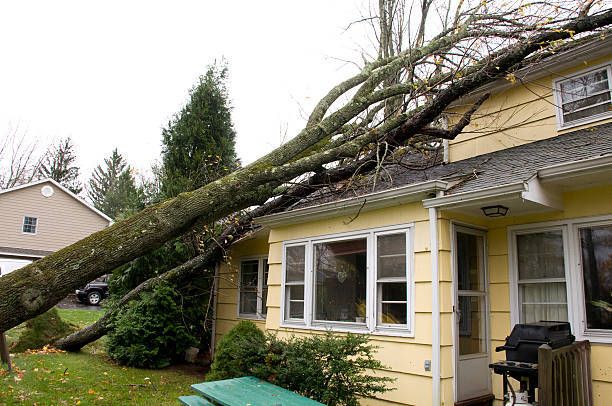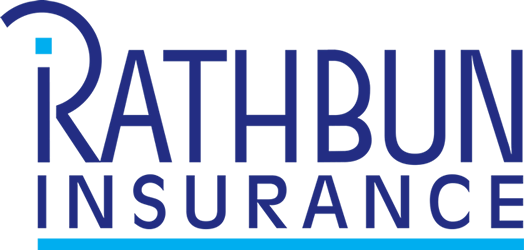
Strong winds and lighting have wreaked havoc on Mid-Michigan this evening, leaving behind damage and power outages. If you're one of the unfortunate individuals who have experienced storm-related damage in mid-Michigan, you're not alone. Navigating the insurance claims process can be overwhelming. We hope to offer some valuable tips for those who need to turn in insurance claims after storms, especially those dealing with fallen trees.
- Prioritize Safety: Before addressing any damage, ensure the safety of yourself, your family, and others. Stay away from downed power lines and damaged structures. If there are any immediate safety concerns, contact the appropriate authorities before proceeding.
- Document the Damage: As soon as it's safe to do so, document the extent of the damage. Take clear and comprehensive photographs and videos of the affected areas, including fallen trees, damaged structures, and any belongings that have been affected. These visuals will serve as valuable evidence during the claims process.
- Contact Your Insurance Agent: Notify your insurance agency as soon as possible to initiate the claims process. Provide them with a detailed description of the damage, the date and time of the storm, and any relevant photos or videos you've taken. Your agent will guide you through setting up the claims process and when to expect to hear from your insurance carrier. If you need to turn in a claim immediately to your insurance carrier, check out the claims page on our website.
- Mitigate Further Damage: It's essential to take steps to prevent further damage to your property. If safe, cover damaged areas with tarps or boards to prevent water intrusion.
- Keep Records of Expenses: If you need to incur expenses to prevent additional damage or secure your property, keep detailed records of all costs. This can include receipts for materials purchased and any labor costs associated with temporary repairs.
- Temporary Living Arrangements: If your home is severely damaged and uninhabitable, your insurance policy may cover temporary living arrangements. Keep all receipts for hotel stays, meals, and other related expenses.
- Tree Removal: For homeowners dealing with fallen trees, it's important to understand your insurance coverage for tree removal. Coverage under insurance policies often differentiate between trees that have simply fallen and those that cause damage to structures.
- Be Patient and Thorough: The claims process might take time, especially after a widespread storm affecting many homeowners. Maintain open communication with your agent and insurance carrier throughout the process.
- Understand Deductibles: Familiarize yourself with your insurance policy's deductible—the amount you're responsible for paying out of pocket before your coverage kicks in.
Dealing with storm damage and insurance claims can be a challenging experience, but with these tips, you can navigate the process more effectively. By prioritizing safety, documenting damage, and maintaining open communication with your insurance provider, you'll be better prepared to recover and rebuild after the storm. Remember that we are here to support you during this time of need.

